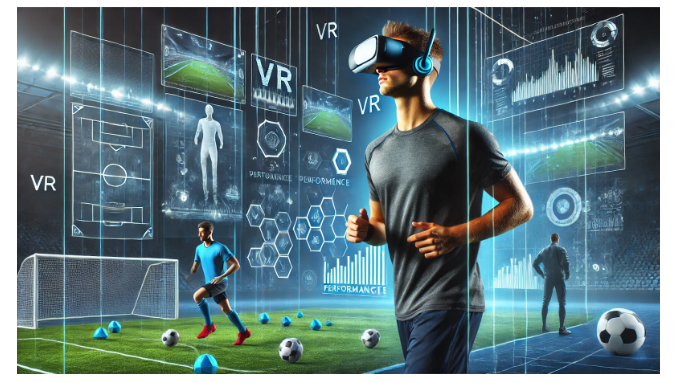Blog
The Role of Wearable Technology in Enhancing Athletic Performance

The Role of Wearable Technology in Enhancing Athletic Performance
In the modern world of sports and fitness, wearable technology has become a game-changer. From tracking vital statistics to providing real-time feedback, wearables are revolutionizing how athletes train, perform, and recover. Here’s a deep dive into how wearable technology is enhancing athletic performance and why you should consider incorporating it into your training routine.
1. Real-Time Performance Tracking
Wearable technology allows athletes to monitor key metrics such as heart rate, pace, and distance in real-time. Devices like fitness trackers and smartwatches provide instant feedback, helping athletes adjust their training intensity and technique on the fly. This immediate data can lead to more effective workouts and better performance.
2. Enhanced Data Analysis
Advanced wearables collect extensive data over time, offering detailed insights into an athlete’s performance trends. This data can be analyzed to identify strengths, weaknesses, and areas for improvement. With comprehensive analytics, athletes can fine-tune their training programs and make data-driven decisions to enhance their performance.
3. Injury Prevention and Recovery
Wearables equipped with sensors can monitor biomechanical factors, such as movement patterns and impact forces, which are crucial for injury prevention. By detecting abnormal movements or excessive strain, these devices help athletes avoid injuries before they occur. Additionally, wearables can track recovery progress, ensuring athletes return to peak performance safely.
4. Personalized Training Plans
With the data collected from wearables, athletes can create highly personalized training plans tailored to their specific needs and goals. These devices often come with companion apps that provide customized workouts and recovery plans based on real-time data and historical performance.
5. Improved Motivation and Engagement
Many wearables come with features that promote motivation and engagement, such as goal-setting, progress tracking, and social sharing. By setting personal goals and tracking progress, athletes can stay motivated and committed to their training routines.
6. Advanced Metrics for Specialized Sports
For athletes involved in specialized sports, wearable technology offers advanced metrics that cater to specific needs. For example, cyclists can benefit from power meters and cadence sensors, while swimmers can use waterproof devices to track stroke efficiency and lap times.
7. Integration with Other Technologies
Wearables often integrate with other technologies, such as heart rate monitors, GPS devices, and smart equipment. This seamless integration allows for a more comprehensive view of an athlete’s performance and training environment.
8. Real-World Examples
Numerous professional athletes and sports teams are already leveraging wearable technology to gain a competitive edge. From football players using GPS trackers to monitor their movements to marathon runners utilizing heart rate monitors for pacing strategies, the applications of wearables are diverse and impactful.
Conclusion
Wearable technology is transforming the landscape of athletic performance by providing valuable insights, enhancing training effectiveness, and promoting injury prevention. Whether you’re a professional athlete or a fitness enthusiast, integrating wearables into your routine can offer significant benefits and help you reach your performance goals.
Explore our range of advanced wearables designed to enhance your athletic performance and stay ahead of the competition. Contact us for more information and personalized recommendations!